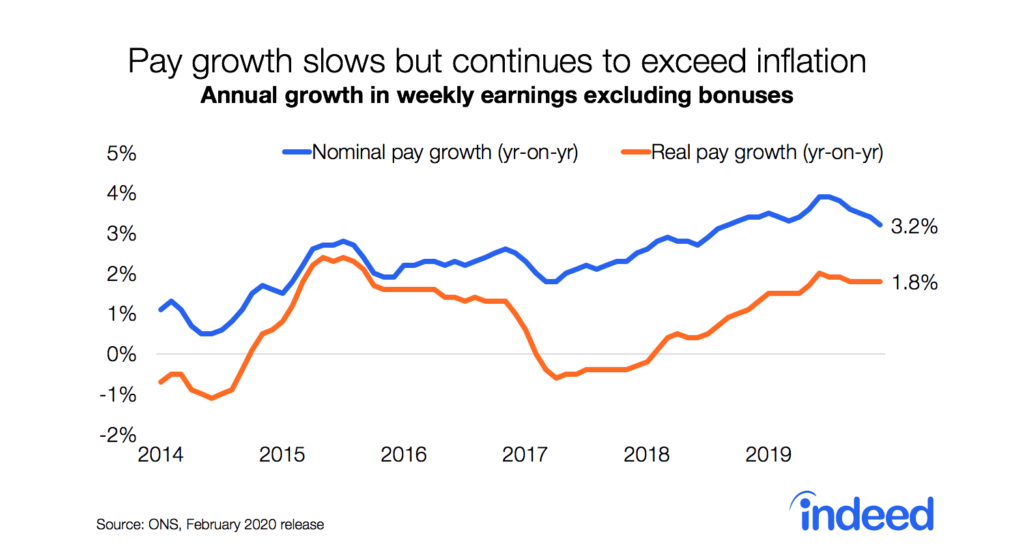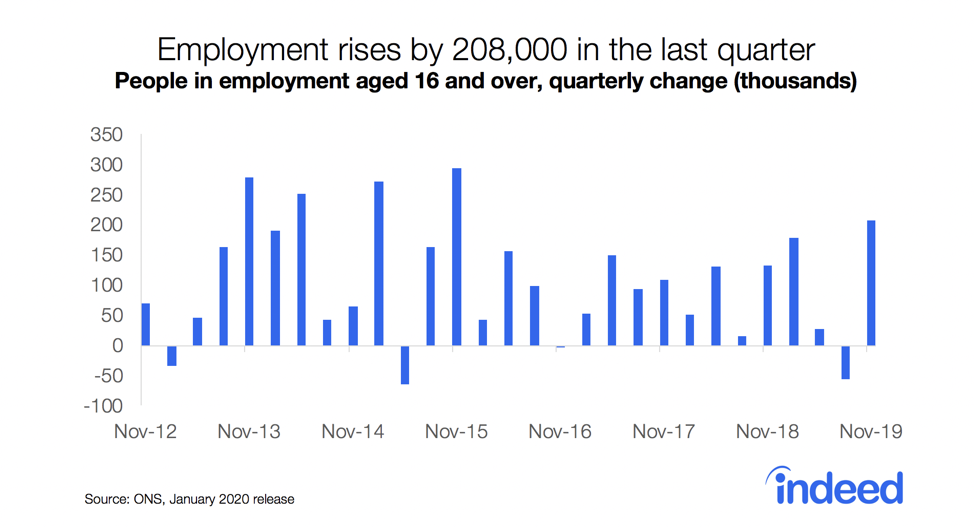Key points
- Overall search urgency fell in January, mainly driven by lower urgent search among the jobless.
- The results suggest recruitment challenges are likely to persist for the foreseeable future as many would-be jobseekers continue to sit on the sidelines.
- Those out-of-work and not searching urgently continue to cite caring responsibilities and ability to get by on partners’ incomes.
- But the cost-of-living squeeze could erode financial cushions and begin to make job search more pressing for some.
Active job search remained subdued at the start of the year, according to the January Indeed Hiring Lab Job Search Survey. In particular, those out-of-work reported a decline in urgent job search since December. Several factors continue to be cited by jobless people for not searching urgently for work, including having a spouse or partner still employed, caring responsibilities and concerns around COVID-19 exposure in the workplace. Hiring challenges for many employers therefore look set to continue, for now at least.
Urgent job search fell in January
Just 6.7% of respondents said they were urgently looking for a job in January, down from 8.6% in December. A further 17.1% said they were searching without urgency, while 48.7% were passively searching (both little-changed from December).
The drop in overall job search urgency was mainly driven by a fall in the urgency of job search among those out-of-work (from 14.2% to 10.0%). Meanwhile, there was a rise in non-urgent job search among those employed (46.1% to 50.4%). It will be interesting to see if the latter trend is maintained — people may be well aware of plentiful opportunities amid record vacancies and more employees could be dipping their toes in the water and exploring what’s out there.
Financial cushions no longer main reason for not searching urgently
There’s been a shift in the main factors holding unemployed people back from urgent job search since the survey started last summer. Back then, the main reason cited was having a financial cushion for some amount of time. In January though, the most frequently cited reasons were having a spouse or partner still employed or having caring responsibilities for children, elderly family members or others. A looming cost-of-living squeeze could deplete financial cushions faster and start to draw some people who have been sitting on the sidelines back into the workforce over the coming months.
The Indeed Hiring Lab polled 5,000 people in the UK in January, ages 18-64. The surveys have been conducted monthly since July. The sample included both individuals in and out of the labour force, taking in employed workers and the jobless.
The Hiring Lab will monitor this trend and others in future installments of the Job Search Survey.
Methodology
This blog post is based on an Indeed UK online survey conducted 10-21 January of 5,000 UK adults 18-64. Weights were applied to each survey to match respondent distributions across age, gender, region, education and ethnicity based on data from the Office for National Statistics.
Unemployed workers are defined as those who are jobless and actively searching for paid work, either urgently or not urgently. Jobless respondents passively looking for work or not open to work are not included in the unemployed category, but are considered out of the labour force.






